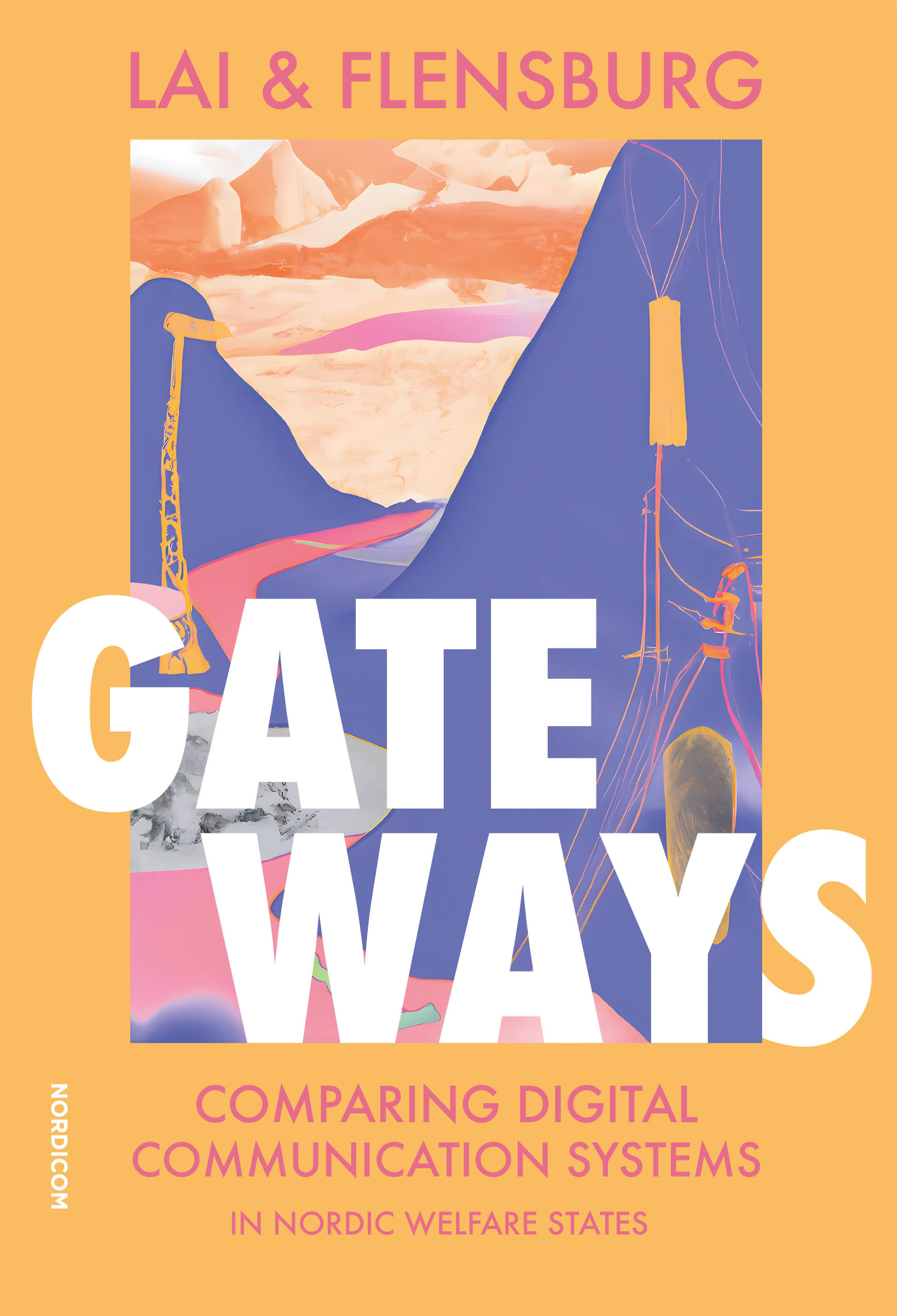Gateways
Comparing Digital Communication Systems in Nordic Welfare States
The Internet is a critical part of the societal infrastructure in the Nordic region – giving rise to increasing concerns about the growing power of global tech corporations that supply the foundation for the region’s evermore digitalised welfare states. Yet, we lack empirical evidence for understanding, discussing, and ultimately regulating the changing power structures surrounding Internet-based communication. Presenting a novel framework for analysing and comparing the four largest Nordic countries – Denmark, Finland, Norway, and Sweden – this book provides nuanced insights into what we think we know about digital power and control.
Identifying the main gateways into contemporary digital societies, we follow the constant flows of data – from the individual user connecting to a network operator that then passes the data on through local, terrestrial networks, Internet exchange points, and submarine cable routes, to the servers of a given website and app that in turn send the requested data back and collect a wide range of metadata in the process. This allows us to identify the key market actors and regulatory arrangements that shape the evolution of digital communication systems.
What we find is a significant historical shift in the ways basic communication resources are organised and controlled in welfare states. Alongside the rapid digitalisation of Nordic societies, new gatekeepers have entered the stage while former ones have stepped into the background, established regulatory frameworks have lost their previous efficacy, and commercial forms of governance have taken over. Yet, we also find that the four countries – that are so often described as a homogeneous whole – have followed different institutional and infrastructural paths on their way to digitalisation, resulting in different degrees of disruption, globalisation, and state involvement.
Read an article about the book in our newsfeed
Contents
- Preface
- Introduction
- What we (think we) know
- Biases of digital media
- Agenda
- Narrative
PART I: DEPARTURES
- Chapter 1. Follow the data
- Epistemic crossroads
- Structuring forces of digital communication
- Towards digital communication systems
- Chapter 2. Step-by-step: Comparing infrastructures, markets, & states
- Step one: The Digital Communication System Matrix
- Step two: The continuums
- Step three: The indicators Future steps: A dynamic framework
PART II: MAPS
- Chapter 3. Accessing the Nordic Internets
- Waves & wires
- The rise & fall of incumbent empires
- Governing access
- The last mile & the last bastion
- Chapter 4. The backbone of communication
- Mermaids & sea serpents
- Expanding territories
- The black-boxed backbone
- Horizons & vertigos
- Chapter 5. Over-the-top applications
- Nordic application environments
- Platform power
- Gatekeeping the gatekeepers
- Ruptures & tectonic plates
- Chapter 6. Bits of data, bits of power
- Surveillance architectures
- The data asset
- Datafication of welfare
- Blocking the data hose?
PART III: ROUTES
- Chapter 7. A waltz
- Big Tech & the welfare state
- At the mercy of the objects we study
- Chapter 8. Road to nowhere
- Comparing digital communication systems
- Datafied welfare?
- Evolving Internet regimes
- References
Contact the authors to learn more about the book and the research project:
Signe Sophus Lai
signe.lai@hum.ku.dk
Sofie Flensburg
sofie.flensburg@hum.ku.dk

